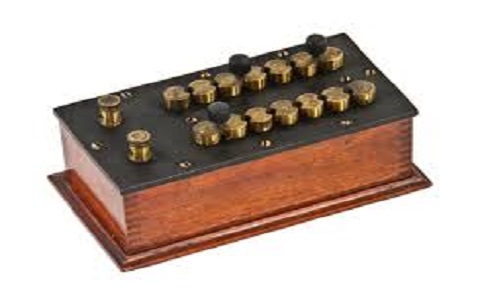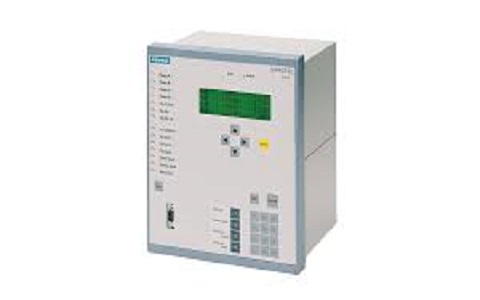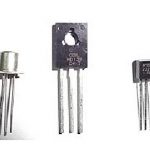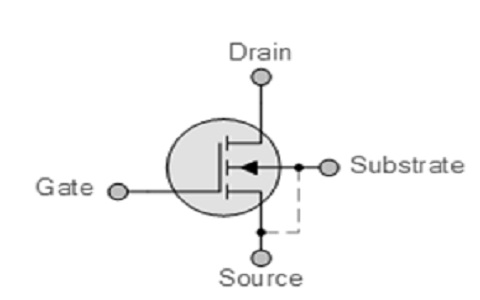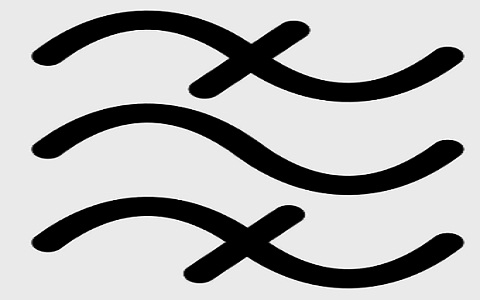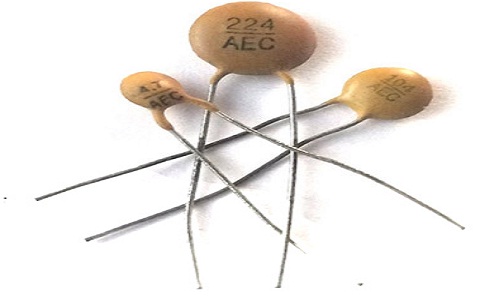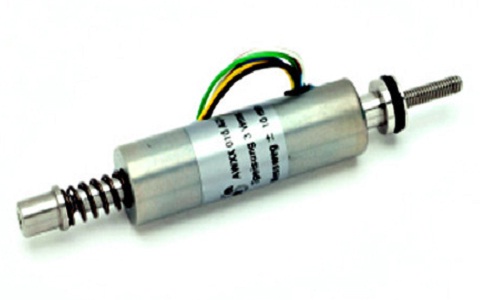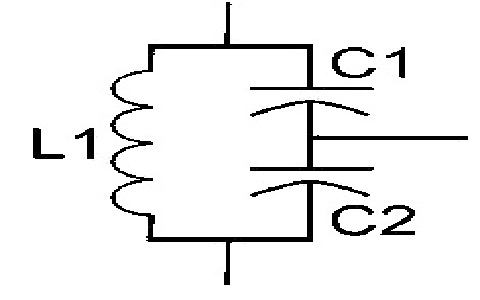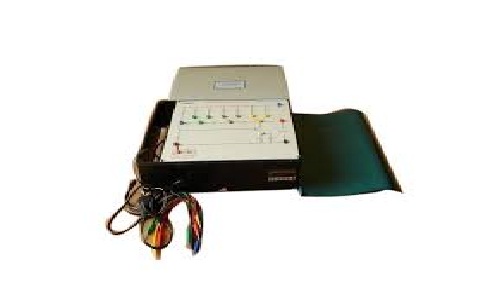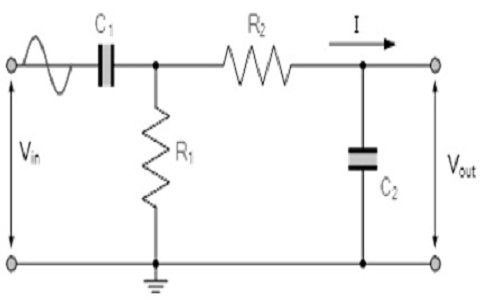Carey Foster bridge is basically used to calculate the difference between the resistance of two elements. It was invented by scientist Carey Foster in the year 1872. It is one of the variant forms of a wheat stone bridge which is used to measure unknown resistance by balancing two legs of a bridge circuit, in which one leg consists of the unknown component. It can be seen that the wheat stone bridge works on the balancing concept. The same concept is used in Carey Foster bridge with small … [Read more...]
What is a Distance Relay : Types & Its Characteristics
A distance relay is a fundamental device that trips the circuit breaker in the event of a fault. In low rating power systems circuits, the relay itself can trip the circuit, without the circuit breaker. The relay along with the circuit breaker together are used for the protection of transmission and distribution systems. Relays are classified in large based on the principle of operation. We have overcurrent relays, differential relay, frequency relay, etc. for which the operating quantity is … [Read more...]
What is Transistor Biasing and Its Types
Transistors are developed in the year 1947 by the physicists of America named John Bardeen. Before the use of transistors, vacuum tubes used for the purpose to control electronic signals. But the complexity of designing vacuum tubes, more amount of power consumption paved the way for the inception of transistors in modern electronics. The transistors are one of the most frequently used semiconductors utilized in the applications of switching and amplification. To make the transistor function … [Read more...]
What is Enhancement MOSFET & Its Operation
Transistors are the most popular semiconductors in the field of electronics. These are available in various types and configurations such as Bipolar-Junction Transistors (BJTs) and the Field-Effect Transistors (FETs) considered as the basic ones. These FETs are further classified as Junction field-effect transistors (JFET) and insulated gate field-effect transistors (IGFET). The transistor with input at the gate is insulated electrically from the main channel of current-carrying is referred to … [Read more...]
What is a Band Stop Filter : Design & Its Characteristics
The band stop filter is a type of frequency selective circuit, that works exactly opposite to the bandpass filter. The name itself shows that it stops or rejects the particular range of frequencies of a signal. This filter is designed with the low pass filter and high pass filter, which are connected in parallel to allow high and low-frequency components. The band stop filter allows frequency components below the cut-off frequency and above the cut-off frequency. The cut-off frequency of the low … [Read more...]
What is a Decoupling Capacitor & Its Working
An electronic system is comprised of active and passive devices. When the supply is provided to the active ones for example transistors, vacuum tubes, and so on, there is the indulgence of change in the value of impedances due to voltage drops. If the common path is shared among the multiple devices, the individual currents will be drawn from the devices that are vast enough for producing the large changes in voltages. To overcome this situation, a bypass path must be established for the flow … [Read more...]
What is a Transducer : Types & Its Ideal Characteristics
Any type of electronic system requires communication with the real world. To make it done sensors and actuators are used. The purpose of the sensor is to sense the different forms of energy either it can be of movement, thermal, electrical, or magnetic. Where the actuators are used to switch currents or voltages. Sensors including actuators are termed as Transducers. The main purpose of this device is to convert the applied form of the signal into other signals based on the requirement of the … [Read more...]
What is Colpitts Oscillator : Circuit & Its Working
A circuit that produces alternating and continuous waveforms is known as an oscillator. The waveform can be a sine wave, square wave, etc. based on their output frequency, oscillators are divided into various types. Electronic Oscillators' frequency can be controlled by their input voltage, so they are termed voltage-controlled oscillators. There are many types of oscillators but mainly divided into two categories. One is Harmonic Oscillators or Linear Oscillators and the second one is … [Read more...]
What is RC Phase Shift Oscillator : Circuit Diagram & Its Working
An oscillator is a mechanical or electrical construction that produces oscillation based on some variables. This oscillator is used from clock to various metal detectors and even on computers where microprocessors and microcontrollers exist The oscillator in which the RC circuit is used as a feedback path is the RC phase shift oscillator. It generates stable sine waves that are used in low-frequency generations, particularly in the audio frequency range. The amplifier provides a phase shift of … [Read more...]
What is Band Pass Filter : Circuit & Its Working
During signal processing, a device called a Band Pass Filter or BPF is needed to allow a particular range of required frequencies and to avoid unwanted frequency ranges or components. By this filtering noise signal can be reduced by eliminating frequencies that are not required. Different types of filters like linear and nonlinear, analog, digital, active and passive, etc. are available to use based on the requirement. This article discusses an overview of Band Pass Filter. What is Band Pass … [Read more...]
- « Previous Page
- 1
- …
- 16
- 17
- 18
- 19
- 20
- …
- 23
- Next Page »
